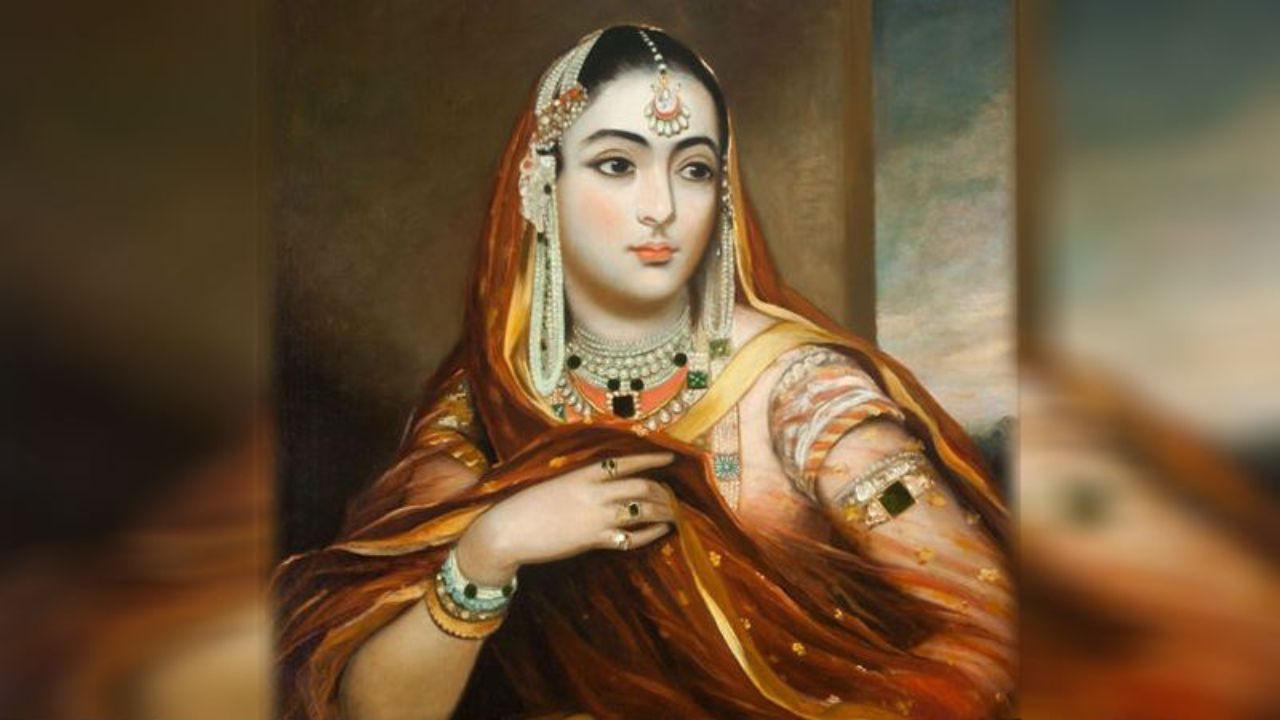Begum Hazrat Mahal

Begum Hazrat Mahal (1820-1879) was a courageous and influential Indian queen and freedom fighter during the Indian Rebellion of 1857, also known as the Sepoy Mutiny or the First War of Independence. She played a significant role in resisting British colonial rule in India. Here is an overview of her life and contributions:
- Early Life: Begum Hazrat Mahal was born in 1820 in Faizabad, in present-day Uttar Pradesh, India. Her birth name was Muhammadi Khanum, and she later became known as Begum Hazrat Mahal after her marriage to Nawab Wajid Ali Shah of Awadh (Oudh).
- Marriage to Nawab Wajid Ali Shah: She married Nawab Wajid Ali Shah, who was the ruler of Awadh. After their marriage, she became an influential figure in the royal court and played an active role in the administration of the state.
- Resistance Against the British: When the Indian Rebellion of 1857 erupted, Begum Hazrat Mahal took a leading role in opposing the British East India Company’s annexation of Awadh. She rallied the local soldiers, nobility, and civilians against the British.
- Siege of Lucknow: Begum Hazrat Mahal’s most significant contribution came during the Siege of Lucknow in 1857-1858. After the British captured Lucknow, she led the resistance from the Lucknow Residency. She played a crucial role in organizing the defense of Lucknow, with her bravery and leadership inspiring many to join the fight.
- Proclamation of Freedom: Begum Hazrat Mahal issued a historic proclamation in which she declared her son, Birjis Qadr, as the ruler of Awadh and herself as the regent. She asserted her commitment to the cause of Indian independence and her resolve to fight against British colonialism.
- Exile: Following the British recapture of Lucknow in 1858, Begum Hazrat Mahal, along with her son, was forced into exile. She sought asylum in Nepal and later moved to Calcutta (now Kolkata), where she lived in relative obscurity.
- Death: Begum Hazrat Mahal passed away in Calcutta in 1879. Despite her contributions to the struggle for independence, she lived her later years in poverty.
Begum Hazrat Mahal’s courage, leadership, and dedication to the cause of Indian independence have earned her a place of honor in the history of India’s freedom struggle. She remains a symbol of resistance and fortitude during a crucial period in India’s fight for independence. Her legacy is celebrated as a testament to the strength and resolve of women in the Indian freedom movement.
Specific Content Keywords : Indian Rebellion of 1857,Queen of Awadh (Oudh),Rani (Queen),Awadh (Oudh),Lucknow,Revolt of 1857,Sepoy Mutiny,Freedom Fighter,Leadership,Military Commander,Regent,Residency of Lucknow,Siege of Lucknow,Nawab Wajid Ali Shah,Exile,Resistance,British East India Company,Indian Mutiny,Heroine of 1857,Legacy.
Related Links

